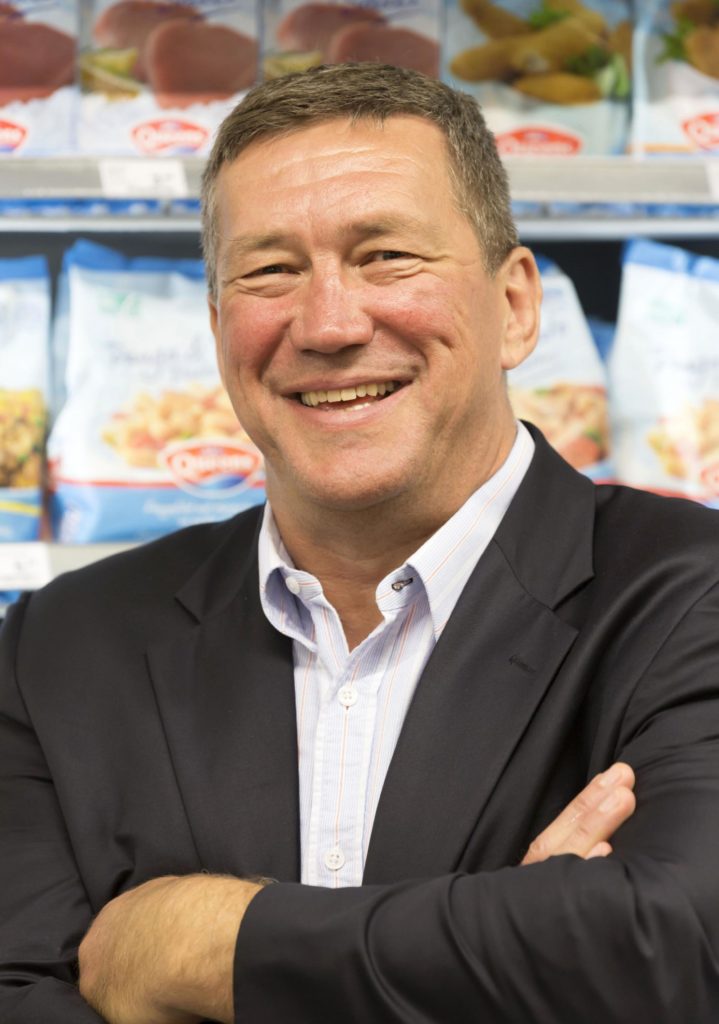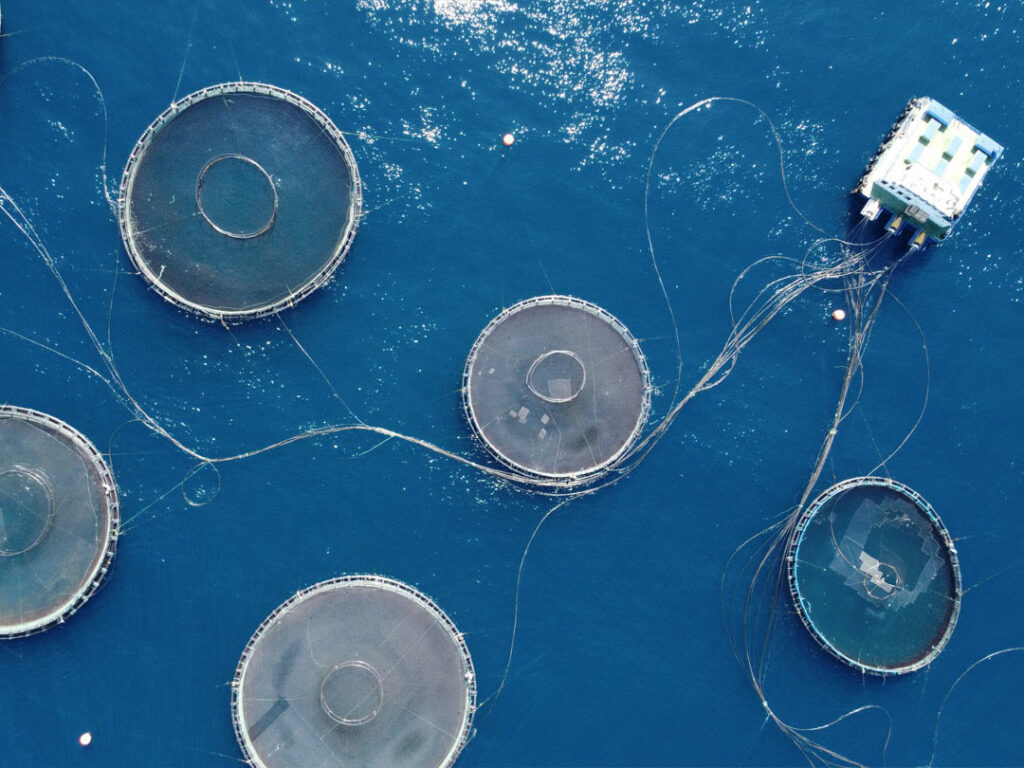The Blue Food Innovation Summit, taking place in London this May, brings together a community of more than 350 ocean and blue food pioneers who are scaling innovation in production, technology, retail, innovation and scaling solutions of investment for a biodiverse, stronger and resilient blue economy.
As demand for blue foods increases, rising temperatures, growing food insecurity and dwindling fish stocks call for urgent collective action to strengthen climate-resilience in the blue economy. How do stakeholders forge cross-sector collaboration and accelerate solutions to drive impact at scale?
Ahead of the Summit, leading aquaculture and blue food experts from the Aquaculture Stewardship Council, Aqua-Spark, Kvarøy Arctic, WWF US, and Wholechain share a taste of how they are strengthening collaboration and driving impact to overcome these overcome this barrier and unlock true potential. of blue foods.
How can we promote the importance of blue foods in discussions about climate impact and food security?
Jennifer Bushman, CMO and Kvarøy Arctic and a long-time advocate of sustainable aquaculture and blue foods highlights, “Blue foods can radically change how we produce food and how our food affects the planet. This means ensuring that fisheries are properly managed, farms are located appropriately, using feed more efficiently, the use of precision technologies and automation, reducing reliance on air cargo to deliver blue food products to markets, and switching to renewable energy sources on boats and farms.”

Jennifer Bushman, Chief Marketing Officer, Kvarøy Arctic
of the WWF Senior Vice President for Oceans Johan Bergenas pointed out that while “aquaculture is certainly part of the solution, it cannot reverse the collapse of ocean fish populations or insulate the global economy from its consequences.” The solution, says Johan, lies in the convergence of “climate science, oceans science and political science” for stakeholders to “prioritize and protect areas where important habitats contribute to a sustainable blue food supply .”
What role do existing policies, regulations and certification play in establishing climate-smart practices for both fisheries and aquaculture?
Mark Kaplan is Co-Founder and Partner of Wholechain, a blockchain-based traceability solution that enables transparency in blue food supply chains cited recent regulations such as the High Seas Treaty, EU Anti-Greenwashing rules as key milestones for climate resilience in the sector. He said: “Policy momentum from governments and certifiers around traceability is critical to rewarding (and further incentivizing) fisheries and aquaculture farms that practice responsible practices. Without traceability and transparency, markets and governments remain blind to the practices implemented in supply chains and cannot verify stakeholders are getting rewards for their good practices.”

Chris Ninnes, ASC
Chris Ninnes, CEO of Aquaculture Stewardship Council highlights how technological advances can help measure and report GHGs throughout production, which is increasingly required by regulators and certification bodies.
On how certification enables climate-smart practices in aquaculture, Ninnes said: “The role of certification is key because we have direct access to committed producers – providing a baseline for data and the opportunity to gather cases study and examples of climate interventions that work.”
How do stakeholders develop climate-resilient strategies for maintaining the welfare and health of aquatic species?
When it comes to the biggest milestones achieved within the sector, says Kvarøy’s Bushman, “significant advances in alternative feed models” have been a step in the right direction.
He explains: “Developments in alternative feed components such as Corbion’s Algaprime or Innovafeed’s insect components help lower fish-in fish-out ratios while bringing the fish the nutrition it needs to thrive. The bi -valve hatcheries such as Pacific Hybreed with its first-of-its-kind shellfish breeding program are making significant strides in disease resistance, climate resilience and improving production yields.”
“Research is a critical part of developing climate resilient strategies, as the impacts of climate change will vary across fisheries and aquaculture, species and types of production”. Chris Ninnes expands: “there are significant advances in technology such as real time data on environmental conditions, which can improve that stability. The important role of AI here is that it can predict stress in animals and make of welfare difference.
Where are the greatest opportunities for industry-wide collaboration and investment in advancing sustainable blue food production?
Highlighting investor appetite in the blue landscape, Amy Novogratz, Managing Partner at Aqua-Spark maintains an optimistic outlook for the aquaculture space, fueled by advances in AI and growing investor interest. However, translating this excitement into “concrete action, scaling successful solutions, and shifting focus from carbon footprint to holistic ocean health” is where the greatest opportunity lies. “We just need a scale to show what’s possible and 2024 is the year for it”.
“Blue Foods are not a silver bullet – they are a strategic commodity.” Notes by Johan Berganas.
He continued: “The geopolitics of nature is here, and it is here to stay. Blue foods, will be an important part of the dynamic, and we need to increase our appetite for identifying new and innovative solutions, and develop of a new generation of diplomatic partnerships that implement these solutions at scale.”
Conversations about policy momentum, technological advancements and the need for greater investment will be at the forefront of the minds of these industry experts and on the agenda at the Blue Food Innovation Summit on May 21-22. Continue these discussions with 350+ international leaders from across the blue food, ocean systems and aquaculture value chains as they come together to build partnerships and discuss solutions for a biodiverse, stronger and a more sustainable blue economy.
The two-day program and full delegate registration are available at www.bluefoodinnovation.com.



